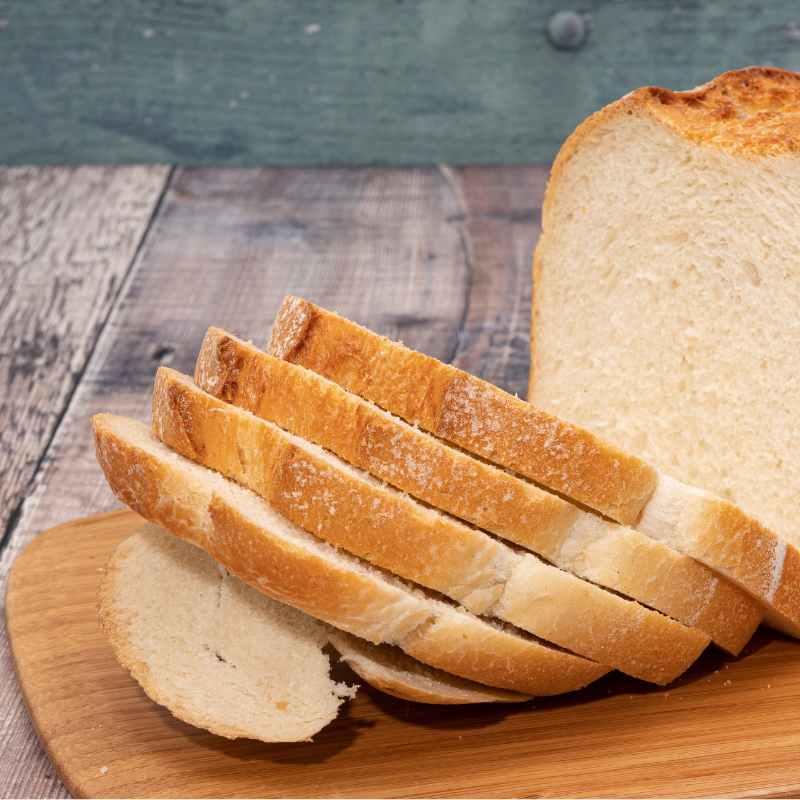
Why Is Bread in the U.S. So Full of Chemicals?
Share
It’s Not Just Bread—It’s Chemistry
Walk down a U.S. grocery store bread aisle, and you’ll find loaves that seem like they could survive the apocalypse. But what’s keeping them so “fresh”? The answer: chemicals like preservatives, emulsifiers, and dough conditioners. While they extend shelf life and improve texture, many of these ingredients are banned or limited in other countries due to health concerns.
The Global Bread Divide
In countries like France or Italy, bread is often made with four simple ingredients: flour, water, salt, and yeast. In contrast, many U.S. breads contain 20 or more ingredients, including artificial additives like:
-
Azodicarbonamide (a dough conditioner banned in Europe and Australia)
-
High Fructose Corn Syrup
-
Monoglycerides and Diglycerides (emulsifiers that may disrupt gut health)
Why Should You Care?
Studies are starting to link certain food additives to inflammation, digestive issues, and even changes in gut bacteria. If you’re trying to eat cleaner or support your digestive health, these hidden ingredients could be working against you.
What Can You Do?
-
Read Labels – Look for short ingredient lists you can pronounce.
-
Shop Local or Bake – Local bakeries often skip preservatives entirely.
-
Support Your Gut – If you’ve already eaten processed food and feel off, digestive enzymes like Cheater Eater can support your gut’s ability to break things down and restore balance.
Cheat Smarter, Not Harder
If you're going to indulge in processed foods occasionally, give your body the backup it needs. Cheater Eater supports digestion, helps reduce bloating, and gives peace of mind when your meals aren’t as clean as you'd like.
Final Thought
U.S. bread may be convenient, but it comes with a cost. Be an ingredient detective. Your gut—and your long-term health—will thank you.
